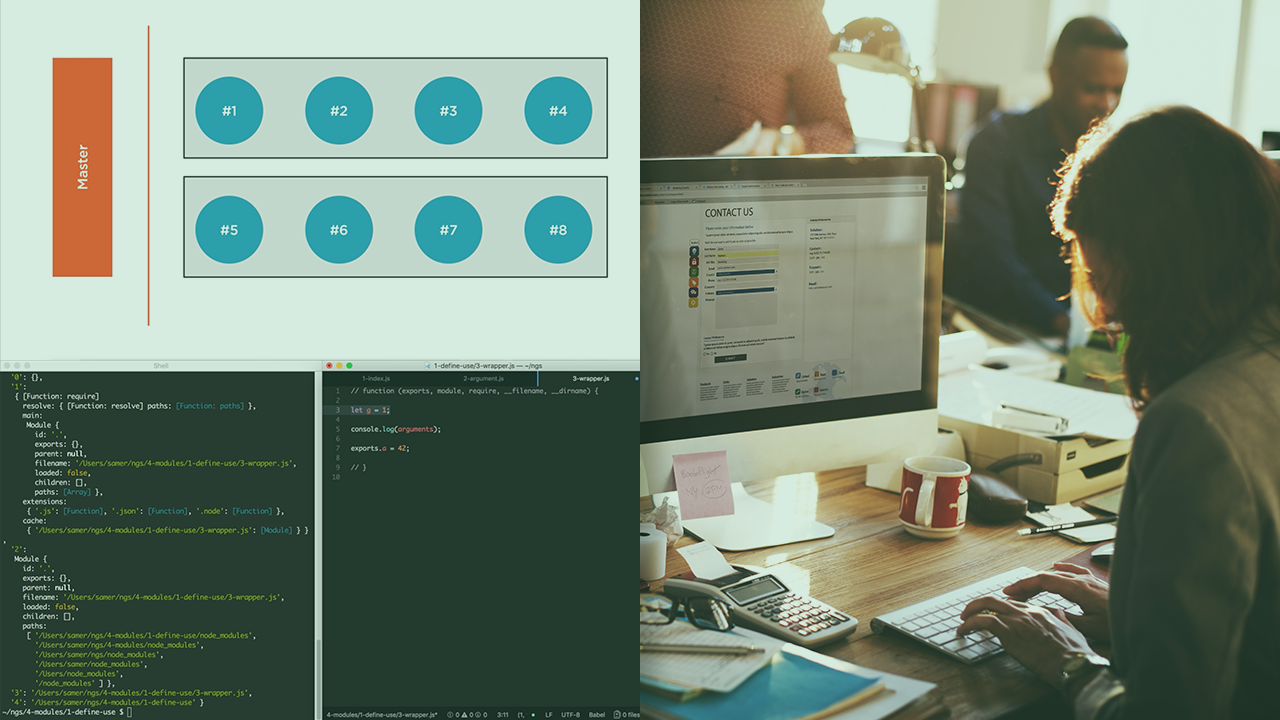Description
In this course, you will learn :
- About different hashing algorithms and how to protect your application from brute force attacks.
- About authentication, access control, and obfuscation.
- About XSS, CSRF, and other popular hacks.
- How to secure a Node.js application, which is a valuable skill to have on your resume!
- Clean up user input and output.
- Understand and use HTTPS.
- Using random salts, generate secure hashes.
- Authentication is used to implement access control.
- Take precautions against XSS and CSRF.
- You'll begin by properly sanitising user input and output before moving on to more fundamental protocols like HTTPS and SHA.
Syllabus :
1. Never Trust Your Users. Sanitize ALL Input!
- SQL Injection
- How to Guard Against SQL Injection
- Mass Assignment
- Typecasting
- Sanitizing Output
2. HTTPS and Other Random Letters
- Limitations of HTTPS
- Implementing HTTPS
- Apache and Nginx setup
- Paths
3. Password Encryption and Storage for Everyone
- Hashes
- A Pinch of Salt
- Hashing Algorithms
- Storage and Validation
- Putting It All Together
- Brute Force Protection
- Upgrading Legacy Systems
4. Authentication, Access Control, and Safe File Handing
- Access Control
- Routes and Redirects
- Obfuscation
- Safe File Handling
5. Safe Defaults, Cross Site Scripting, and Other Popular Hacks
- Never Trust Yourself
- Cross-Site Scripting
- Cross Site Request Forgery
- Race Conditions
- Outdated Libraries









